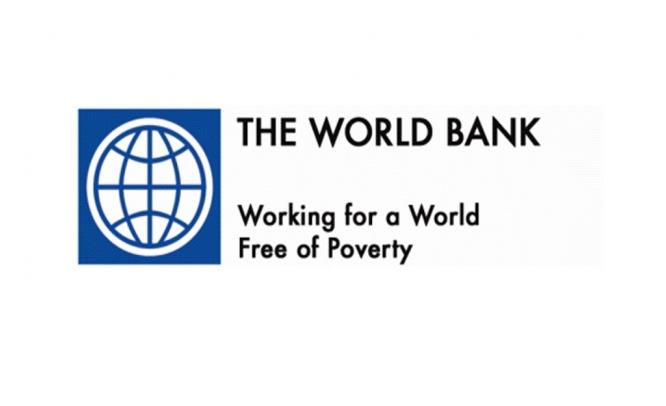The World Bank has been a long term partner with the Philippines and is committed to building an even stronger relationship with the government and the people.
29th July, 2013
If the first quarter of this year is any indication, the Philippines is doing well in terms of gross domestic product (GDP) growth. At almost 8 percent, it is currently one of the fastest growing economies in East Asia. This builds on the solid GDP growth last year of 6.6 percent, ahead of even the government’s own target. The expansion is fueled by strong exports, private construction, public infrastructure and private consumption.
However, as President Aquino and his team continue to emphasize, what is even more important is translating high growth into inclusive growth – to create more and better jobs and reduce poverty. This is the vision incorporated in the President’s Social Contract with the Filipino people. The President wants to lift millions of people out of poverty before he leaves office. We applaud that ambition.
The World Bank Group recently expressed its own aspiration to achieve two equally ambitious but achievable goals: to end extreme poverty globally by 2030 and build shared prosperity for the bottom 40 percent of the population in every country. These twin goals were endorsed in April by the Board of Governors of the World Bank and they converge with President Aquino’s Social Contract.
So what will it take to end extreme poverty in the Philippines? The latest household data from 2009 show 18.4 percent of Filipinos living under the international poverty line of US$1.25 per day. That’s roughly 17 million men, women, and children who are trying to pay for the basics: food, shelter, health and education on just US$1.25 each day. To end extreme poverty by 2030, as many Filipinos acknowledge, “business as usual” will not be sufficient and more needs to be done.
The second big challenge is how to improve living standards for the bottom 40 percent of people. In the Philippines this refers to those living on less than roughly US$2 per day. If the goal was to cut that number in half, to 20 percent by 2030, it would require sustaining the strong growth rates that we have seen recently, while accelerating the reforms which address deep-rooted distortions in the economy.
As the World Bank Group works together with the Philippines to achieve inclusive growth, sound macroeconomics will be important with prudent fiscal, monetary and exchange rate management. It is also important to look at competitiveness and how good, sustainable jobs can be created. This involves regulatory reform to ensure markets are open and globally competitive. It means creating a friendlier business climate that allows small and medium enterprises to undertake necessary investment to grow and create jobs. Businesses grow best in a transparent environment where there is zero tolerance for corrupt practices. Good governance is good economics.
Big gains can also be made by supporting manufacturing of higher value goods and by supporting smallholder farming to improve yields and provide better institutions and infrastructure so farmers can get their goods to market. It means supporting the new, dynamic export sectors, such as business process outsourcing.
An effective inclusive growth strategy will need to focus on the long term development of the country’s most important asset: the Filipino people. Good quality investments in education from early childhood and primary to secondary and higher education are vitally important. Equally, investments in health are also of the essence. Children will need the necessary health and nutritional care so they can excel in school and prepare themselves for future labor market opportunities. Given the extreme vulnerability of the poor to adverse events, like conflicts and natural disasters, a strong social safety net can play an important role.
The World Bank has been a long term partner with the Philippines and is committed to building an even stronger relationship with the government and the people. We want to help Filipinos translate the ambition of ending extreme poverty and boosting shared prosperity through concrete programs by the government and private sector.
We are supporting the Government’s efforts through conditional cash transfers that help children stay in school and keep healthy. We are also supporting public-private partnerships that bring clean water to the urban poor in Manila to reduce disease and improve lives. In Mindanao, we help coordinate the efforts of development partners to improve basic services in conflict-affected communities. In other areas of Mindanao, we also help improve livelihood opportunities and help local governments deliver services to farmers and fishermen. Nationwide, we help empower communities to participate in local decision making so the people themselves manage community projects that fight poverty.
Our goal is to help the Philippines create conditions for long term inclusive growth. Concretely, it means that a mother can get health care, a decent education for her children and teach them the skills they need to compete for good jobs. It is simply about helping ensure poor people have a real prospect for a better future in the 21st Century.
Source : World Bank


